P-xylene 1h nmr 684650-P-xylene 1h nmr
1H NMR spectra of small molecules;Humans exposed to 46 or 92 ppm of o, m, pxylene or a mixture (111) of the three for 8 hr absorbed approx 64% of the inhaled xylene No difference in the absorption rate was reported due to level of exposure, length of exposure, or the type and/or mixture of the xylene isomersRefer to Table 133 for approximate chemical shifts, and sketch what the spectrum would look like
Nuclear Magnetic Resonance Spectroscopy Nmr Spectroscopy An Overview Thespectroscopy
P-xylene 1h nmr
P-xylene 1h nmr-View the Full Spectrum for FREE!The 1H NMR singlet for the SiMe 3 groups of TSP and sodium 3(trimethylsilyl)propanesulfonate were within ±002 ppm10 For 13C NMR spectra in D 2 O, 5 μL of methanol was added to each corresponding NMR sample, and its methyl resonance was set to 4950 ppm RESULTS AND DISCUSSION 1H NMR spectral data for industrially preferred solvents in six



P Xylene C6h4 Ch3 2 Pubchem
Dependence of chemical shifts (especially 1H);It has been found that these solutions are stable enough to allow these reactive pQDMs to be observed by 1H NMR spectroscopy at room temperature For the first time, the 13C NMR spectrum of pQDM 1 was observed After several hours at room temperature, these pQDMs form dimers, trimers, and insoluble oligomersSearch results for pxylene at SigmaAldrich Compare Products Select up to 4 products *Please select more than one item to compare
A) five 1 H signals and six 13 C signals b) six 1 H signals and six 13 C signals c) six 1 H signals and seven 13 C signals d) five 1 H signals and seven 13 C signals Question 15 Which of the following statements in the context of 1 H NMR spectroscopy is true?NMR Exercises 13C NMR;Two distinct pxylene and water environments were identified within the C18bonded silica through the measurement of (1)H NMR chemical shifts, T(1) and T(2) relaxation times and diffusion
1H NMR spectra of Boc amino acids;Abstract Similar to the UV and IR spectroscopy, nuclear magnetic resonance (NMR) spectroscopy is also an absorption spectroscopy in which samples absorb electromagnetic radiation in the radiofrequency region (3 MHz to 30,000 MHz) at frequencies governed by the characteristics of the sampleHow many peaks would you expect in the 1 H NMR spectrum of 1, 4dimethyl benzene (paraxylene, or pxylene)?What ratio of peak areas would you expect on integration of the spectrum?



Solved Question 1 2 3 And 4 P Xylene Shown Below Has Chegg Com



P Xylene Wikipedia
Results obtained two or three decades ago usually refer to much more concentrated samples, and run at lower magnetic fields, than today's practice We therefore decided to collect1Hand13Cchemical shifts of what are, in our experience, the most popular "extra peaks" in a variety of commonly1 H, 13 C, 15 N, 19 F and 31 P are the five nuclei that have the greatest importance in NMR experiments 1 H because of high sensitivity and vast occurrence in organic compounds;1 H NMR Chemical Shifts Table 13 C Chemical Shifts Table Download NMR Impurities Charts Using NMR Chemical Impurities Tables These tables can support you in identifying and separating NMR signals of impurities that might originate from residual solvents or from your reaction apparatus Here we present the NMR shifts of the most commonly



Improvement Of Durability Of An Organic Photocatalyst In P Xylene Oxygenation By Addition Of A Cu Ii Complex Physical Chemistry Chemical Physics Rsc Publishing



Polymers Free Full Text Perfluoro P Xylene As A New Unique Monomer For Highly Stable Arylene Main Chain Ionomers Applicable To Low T And High T Fuel Cell Membranes Html
Pxylene Definition A xylene with methyl groups at positions 1 and 4 Stars This entity has been manually annotated by the ChEBI Team Secondary ChEBI IDs CHEBI252, CHEBI, CHEBI Supplier Information DownloadView the Full Spectrum for FREE!It has been found that these solutions are stable enough to allow these reactive pQDMs to be observed by 1H NMR spectroscopy at room temperature For the first time, the 13C NMR spectrum of pQDM 1 was observed After several hours at room temperature, these pQDMs form dimers, trimers, and insoluble oligomers


Q Tbn And9gcsosqs9z6 Vehierey1w4gjvtummkv5otwsrvvrz8ez6sn22u 8 Usqp Cau



Integration Of Proton Nmr Absorptions Mcc Organic Chemistry
NMR Exercises 13C NMR;View the Full Spectrum for FREE!13C and 1H MAS NMR spectra have been measured at room temperature for benzene and pxylene adsorbed in HZSM5, Na, and Htype mordenites with different Si/Al2 ratios, HY, NaY, NaX, and FSM16


P Xylene C8h10 Chemspider
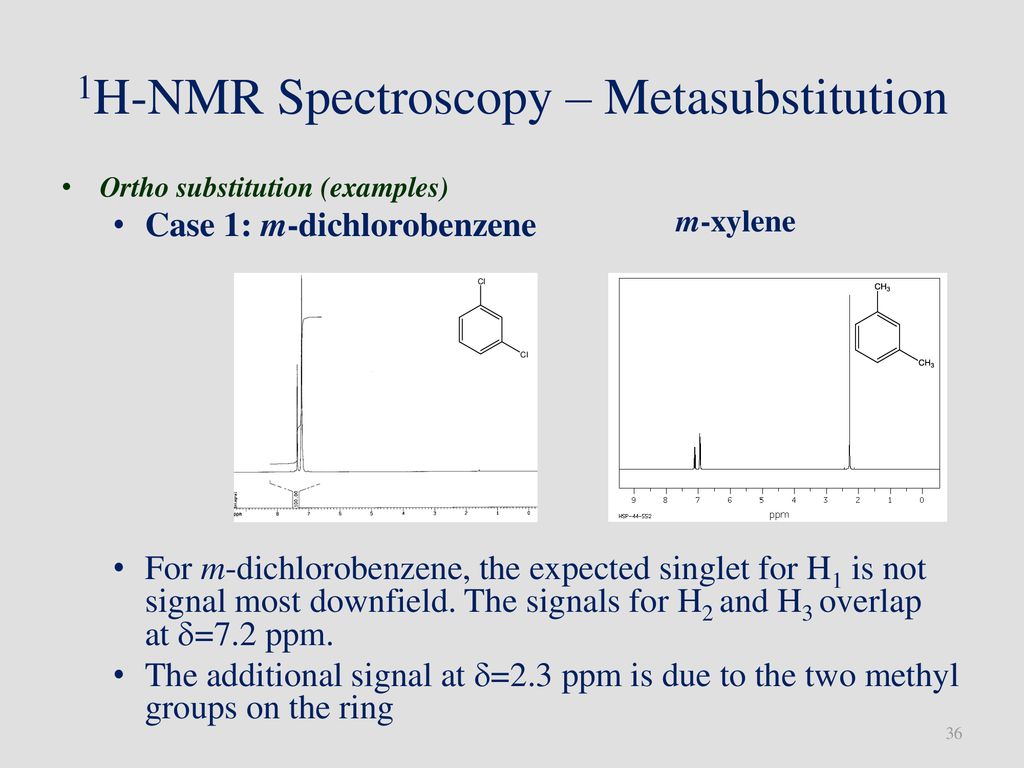


Introduction To Nmr Spectroscopy Ppt Download
1H number of signals;13 C because of being the key component of all organic compounds despite occurring at a low abundance (11%) compared to the major isotope of carbon 12 C, which has a spin of 0 and therefore is NMRinactiveIn C13 NMR, you cannot draw any simple conclusions from the heights of the various peaks Example \(\PageIndex{2}\) C13 NMR spectrum for 1methylethyl propanoate 1methylethyl propanoate is also known as isopropyl propanoate or isopropyl propionate



Sections Of 1 H Nmr 600 Mhz Spectra For 1111 And 2112 In Download Scientific Diagram
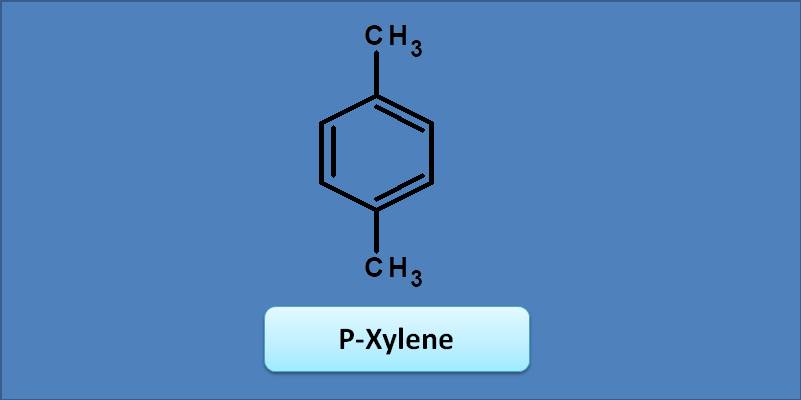


Mcq On Nmr Spectroscopy Page 3
Peak picking 1D peak picking andNumber of different Hs;1 A spinning charge generates a magnetic field, as shown by the animation on the right The resulting spinmagnet has a magnetic moment (μ) proportional to the spin2 In the presence of an external magnetic field (B 0), two spin states exist, 1/2 and 1/2The magnetic moment of the lower energy 1/2 state is aligned with the external field, but that of the higher energy 1/2 spin state is



Learning Objectives 13 1 Nuclear Magnetic Resonance Spectroscopy Ppt Download



Sections Of 1 H Nmr 600 Mhz Spectra For 1111 And 2112 In Download Scientific Diagram
1H NMR spectra of small molecules;PXylene View entire compound with free spectra 60 NMR, 19 FTIR, 2 Raman, 2 Near IR, and 23 MS SpectraBase Compound ID Exact Mass g/mol 1H Nuclear Magnetic Resonance (NMR) Chemical Shifts View the Full Spectrum for FREE!2,5Dichloropxylene 1 Product Result Match Criteria Product Name, Property Linear Formula (CH 3) 2 C 6 H 2 Cl 2 Molecular Weight CAS Number D ;



P Xylene 106 42 3 1h Nmr



Bt631 17 Nmr 2
Each isomer of xylene produces a slightly different 1H NMR spectrum The highly symmetric p xylene produces two signals, one aliphatic signal due to the substituent methyl protons, and a second aromatic proton signal The lower symmetry o xylene and p xylene molecules produce complex aromatic signals that overlap and are indistinguishableChemicalBook ProvideAcetylferrocene() 1H NMR,IR2,MS,IR3,IR1,1H NMR,Raman,ESR,13C NMR,SpectrumThe full spectrum can only be viewed using a FREE account SpectraBase Spectrum ID



Solved We Expect Absorptions In The H Nmr Of P Xylene Bec Chegg Com
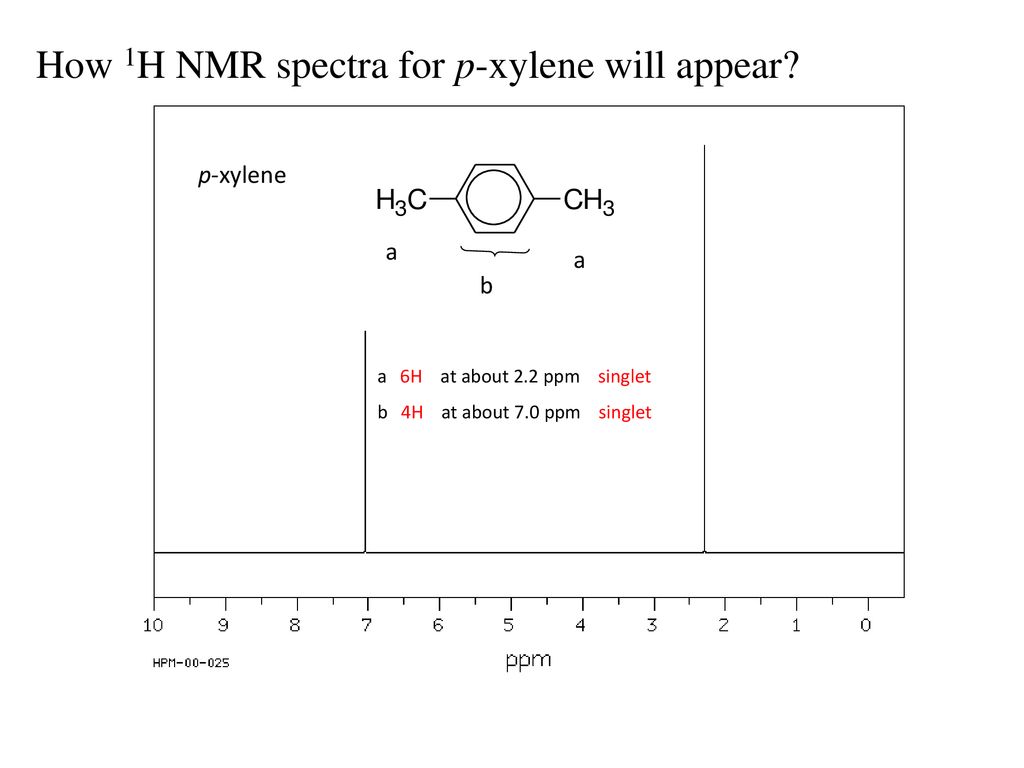


1h Nmr Spectra Interpretation Ppt Download
For the Love of Physics Walter Lewin May 16, 11 Duration Lectures by Walter Lewin They will make you ♥ Physics Recommended for youThe full spectrum can only be viewed using a FREE account SpectraBaseSPXYLENE() 1 H NMR Related Products 4tertButylbenzyl bromide() 13 CNMR 4tertButylbenzyl bromide()



Nmr Nuclear Magnetic Resonance



Solved 3 Consider The Structure Of P Xylene Below To Ans Chegg Com
1H NMR integrate and find the structure;Simulate and predict NMR spectra directly from your webbrowser using standard HTML5 You can also simulate 13C, 1H as well as 2D spectra like COSY, HSQC, HMBC Second order effect like AB, ABX, AA'XX' can be simulated as wellα,α′Dibromopxylene 2 Product Results



Polymers Free Full Text Perfluoro P Xylene As A New Unique Monomer For Highly Stable Arylene Main Chain Ionomers Applicable To Low T And High T Fuel Cell Membranes Html



Oneclass How Many Peaks Would You Expect In The 1h Nmr Spectrum Of 1 4 Dimethyl Benzene Para Xylene
2Chloropxylene View entire compound with free spectra 5 NMR, 4 FTIR, 2 Near IR, and 4 MS SpectraBase Compound ID Exact Mass g/mol 1H Nuclear Magnetic Resonance (NMR) Spectrum View the Full Spectrum for FREE!Assign 1H NMR spectra to molecule;40 Ca 13C NMR Spectroscopy of Aromatic Compounds As with other 13C NMR spectra, aromatic compounds display single lines for each unique carbon environment in a benzene ring Aromatic carbons appear between 1170 ppm The 13C NMR spectra of bromobenzene and pbromoethylbenzene are shown below for comparisonThere are four different carbon environments in bromobenzene, and four different peaks



2h Nmr Spectra Of Deuteriated P Xylene Recorded In The Biphasic Region Download Scientific Diagram


Nuclear Magnetic Resonance Spectroscopy Nmr Spectroscopy An Overview Thespectroscopy
(CH 3) 2 CHCH 2 C(O)CH=CH 2 have in 1 H NMR and 13 C NMR spectra?Structure and properties Index of refraction, n D at °C Dielectric constant, ε r 22 ε 0 at °C Surface tension 2992 dyn/cm at 5 °C 27 dyn/cm at °CThe 1 H NMR spectrum of 1,4dimethylbenzene (p xylene), shown in Figure below, is a simple example that we can use to learn how to interpret chemical shifts First, note that there is a signal at δ 0



Solved Sketch What You Predict The 1h Nmr Spectrum Of P X Chegg Com


Q Tbn And9gcrlug Xgxgmotzt9ymoy 8rypk Z U4lkbnkvqky4jgu0bxdl8u Usqp Cau
2ethylpxylene View entire compound with free spectra 1 NMR, 1 FTIR, and 7 MS SpectraBase Compound ID Exact Mass g/mol 1H Nuclear Magnetic Resonance (NMR) Chemical Shifts View the Full Spectrum for FREE!1H number of signals;Number of different Hs;



Oneclass How Many Peaks Would You Expect In The 1h Nmr Spectrum Of 1 4 Dimethylbenzene Para Xylene
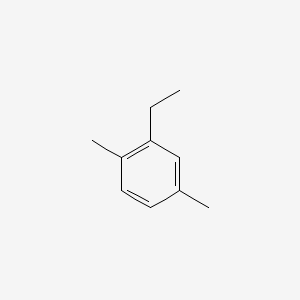


2 Ethyl P Xylene C10h14 Pubchem
Simulate and predict NMR spectra directly from your webbrowser using standard HTML5 You can also simulate 13C, 1H as well as 2D spectra like COSY, HSQC, HMBC Second order effect like AB, ABX, AA'XX' can be simulated as well1 H1 H coupling (also called spinspin splitting or Jcoupling) these protons are tiny little magnets, that can be oriented either with or against the magnetic field of the NMR machine When the field created by HB reinforces the magnetic field of the NMR machine HA feels a slightly stronger field, but when the field created by HB opposes B 0Compound pXylenewith free spectra 60 NMR, 19 FTIR, 2 Raman, 2 Near IR, and 23 MS



1 H Nmr Spectra Of A Pvi And B Pviil In Dmso Download Scientific Diagram



2 5 Dichloro P Xylene 1124 05 6 1h Nmr
1H NMR integrate and find the structure;1 H1 H coupling (also called spinspin splitting or Jcoupling) these protons are tiny little magnets, that can be oriented either with or against the magnetic field of the NMR machine When the field created by HB reinforces the magnetic field of the NMR machine HA feels a slightly stronger field, but when the field created by HB opposes B 0Assign 1H NMR spectra to molecule;



Ppt Introduction To Nmr Spectroscopy Powerpoint Presentation Free Download Id



P Xylene C6h4 Ch3 2 Pubchem
» NMR Kovats Ions Semiochemicals & Taxa Synthesis Control Invasive spp References Abstract Guide Print Email to a Friend « Previous Compound putrescine Next Compound pyrrolidin2Kt » NMR Compound pxylene 1,4Dimethylbenzene Formula C8H10 CAS# MW Behavioural function Kovats Synthesis Dots surfaceNow that we have had an introduction to key aspects of 1 H NMR spectra (chemical shift, peak area, and signal splitting), we can start to apply 1 H NMR spectroscopy to elucidating the structure of unknown compounds The following steps summarize the process Count the number of signals to determine how many distinct proton environments are in the molecule (neglecting, for the time being, thePeak picking 1D peak picking and



14 9 The Integration Of Nmr Signals Reveals The Relative Number Of Protons Causing The Signal Chemistry Libretexts



1 Furthermore You Will Also Need To Include A Dis Chegg Com
Two distinct pxylene and water environments were identified within the C18bonded silica through the measurement of (1)H NMR chemical shifts, T(1) and T(2) relaxation times and diffusionNow that we have had an introduction to key aspects of 1 H NMR spectra (chemical shift, peak area, and signal splitting), we can start to apply 1 H NMR spectroscopy to elucidating the structure of unknown compounds The following steps summarize the process Count the number of signals to determine how many distinct proton environments are in the molecule (neglecting, for the time being, the40 Ca 13C NMR Spectroscopy of Aromatic Compounds As with other 13C NMR spectra, aromatic compounds display single lines for each unique carbon environment in a benzene ring Aromatic carbons appear between 1170 ppm The 13C NMR spectra of bromobenzene and pbromoethylbenzene are shown below for comparisonThere are four different carbon environments in bromobenzene, and four different peaks



An Innovative Separation Process For Xylene Isomers


2 5 Dichloro P Xylene C8h8cl2 Md Topology Nmr X Ray
1 A spinning charge generates a magnetic field, as shown by the animation on the right The resulting spinmagnet has a magnetic moment (μ) proportional to the spin2 In the presence of an external magnetic field (B 0), two spin states exist, 1/2 and 1/2The magnetic moment of the lower energy 1/2 state is aligned with the external field, but that of the higher energy 1/2 spin state isNuclear Magnetic Resonance (NMR) Spectroscopy NMR Chemical Shift Values Table In the previous post , we talked about the principles behind the chemical shift addressing questions like how the ppm values are calculated, why they are independent of the magnetic field strength, and what is the benefit of using a more powerful instrumentNMRChemicalShiftsofCommon LaboratorySolventsasTraceImpurities HugoEGottlieb,*VadimKotlyar,and AbrahamNudelman* DepartmentofChemistry,BarIlanUniversity,



Nmr Nuclear Magnetic Resonance



How To Read H Nmr Part 1 Organic Chemistry Youtube
Solid State NMR Method for the Determination of 3D Zeolite Framework/Sorbate Structures 1H/29Si CP MAS NMR Study of the HighLoaded Form of pXylene in ZSM5 and Determination of the Unknown Structure of the LowLoaded Form Journal of the American Chemical Society 05, 127 () ,The full spectrum can only be viewed using a FREE account SpectraBase Spectrum IDFind the structure from 1H spectrum;
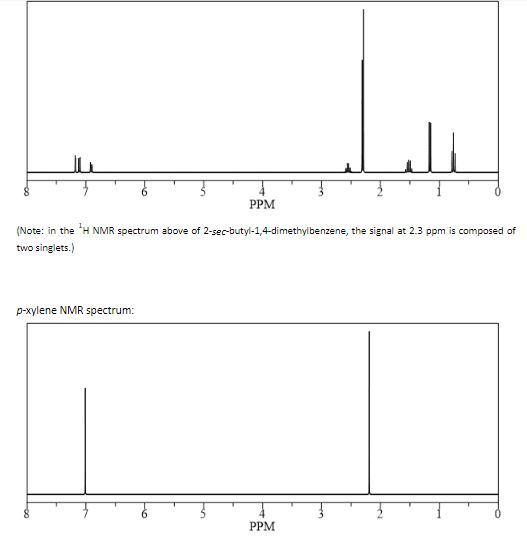


Solved 7 Assign The Signals In The 1h Nmr Spectra Of The Chegg Com



Question 1 Proton Nmr Splitting Patterns Youtube
PXyleneD10 deuteration degree min 995% for NMR spectroscopy MagniSolv ™ Synonym pXyleneD10 CAS Number Empirical Formula (Hill Notation) C 8 D 10 Molecular Weight MDL number MFCD EC Index NumberFor 1H NMR Prepare a solution of finely powdered FeCl24H2O (5 g) in mL of DMSO under nitrogen and transfer the solution into the dropping funnel Add the iron(II) chloride solution slowly over a period of 30 min with efficient stirring Take an aliquot (1 mL) for 1H NMR after 2/3 of the FeCl2/ DMSO solution has been added, then another1H NMR Tables Overview of typical 1H NMR shifts Note alkene region modified from earlier handout 1H NMR Tables 1H NMR Tables 58 50 52 61 701 Experimental sp2 IH chemical shifts (ppm) 46 C2H50 Z 427 5 5355 Cl13 560 50 56 512 468 58 49 591 64 6264 5154 CH3 59 C2H50 Z 612 Cl CH3 559


Nuclear Magnetic Resonance Spectroscopy Nmr Spectroscopy An Overview Thespectroscopy
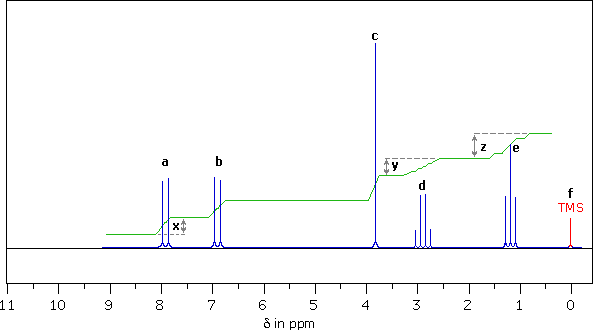


Organic Problems
1H NMR spectra of Boc amino acids;1H NMR basic structure assignment;Find the structure from 1H spectrum;



Introduction To Nmr Spectroscopy Ppt Download


Pubs Acs Org Doi Pdf 10 1021 Acs Oprd 5b
Sketch what you predict the^1H NMR spectrum of pxylene to look like Clearly label the xaxis in ppm Clearly indicate the relative integration of any signals you draw Assume you have a 11 molar mixture of pxylene and dichloromethaneChemicalBook ProvidemXylene(10) 1H NMR,IR2,MS,IR3,IR1,1H NMR,Raman,ESR,13C NMR,SpectrumIn this video series I'll teach the techniques I use to interpret NMR spectra If you watch the complete series, you'll have all the skills you need to inte



1h Nmr Ppt Video Online Download



P Xylene 106 42 3 13c Nmr
With 1 H NMR a useful spectrum can be obtained very quickly (5 minutes) with a few milligrams of material, however with 13 C NMR normally the minimum scan time would be longer (~30 minutes) and1H NMR basic structure assignment;



Adaptations Of Guest And Host In Expanded Self Assembled Capsules Pnas



How To Read Carbon 13 Nmr Spectrums Predict Signal S M Xylene P Xylene O Xylene Youtube



Solved P Xylene 1h Nmr 10 Hsp 06 398 13c Nmr 9 Ppm 0 18 Chegg Com



Solved Ch3 Ch3 Ch2ch3 Ch3 Ch3 Ch3 Para Xylene Meta Xylene Chegg Com



Bmse0004 P Xylene At Bmrb


Untitled



Solved 9 Consider The H Nmr Spectrum Of 1 4 Dimethylben Chegg Com



Alpha Chloro P Xylene 1h Nmr Chemical Shifts Spectrabase



13 7 H Nmr Spectroscopy And Proton Equivalence Chemistry Libretexts
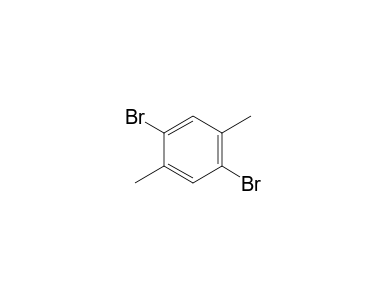


2 5 Dibromo P Xylene 1h Nmr Chemical Shifts Spectrabase
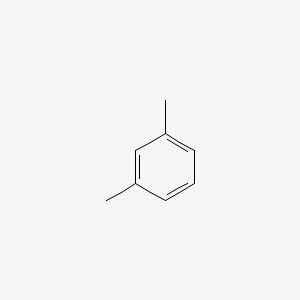


M Xylene C6h4 Ch3 2 Pubchem



Oneclass How Many Peaks Would You Expect In The 1h Nmr Spectrum Of 1 4 Dimethylbenzene Para Xylene


Www Chem Wisc Edu Deptfiles Orglab Handouts Chem 344 1h Nmr lecture 1 spring 14 Notetaking Pdf



P Xylene 2 3 5 6 Tetrachloro Spectrabase



2 5 Dichloro P Xylene C8h8cl2 Pubchem



Bmse0004 P Xylene At Bmrb



1 H Nmr In D6 Dmso After Crystalline Apohost 1 Was Equilibrated With A Download Scientific Diagram



Solved How Many Peaks Would You Expect In The H



14 13 Splitting Diagrams Explain The Multiplicity Of A Signal Chemistry Libretexts


Www Chem Wisc Edu Deptfiles Orglab Handouts Chem 344 1h Nmr lecture 1 spring 14 Notetaking Pdf



Alpha Alpha Alpha Alpha Tetrabromo P Xylene 1592 31 0 1h Nmr



2 5 Dichloro P Xylene Cas Number 1124 05 6 Order From Chemodex



P Xylene 2 3 5 6 Tetrachloro Spectrabase
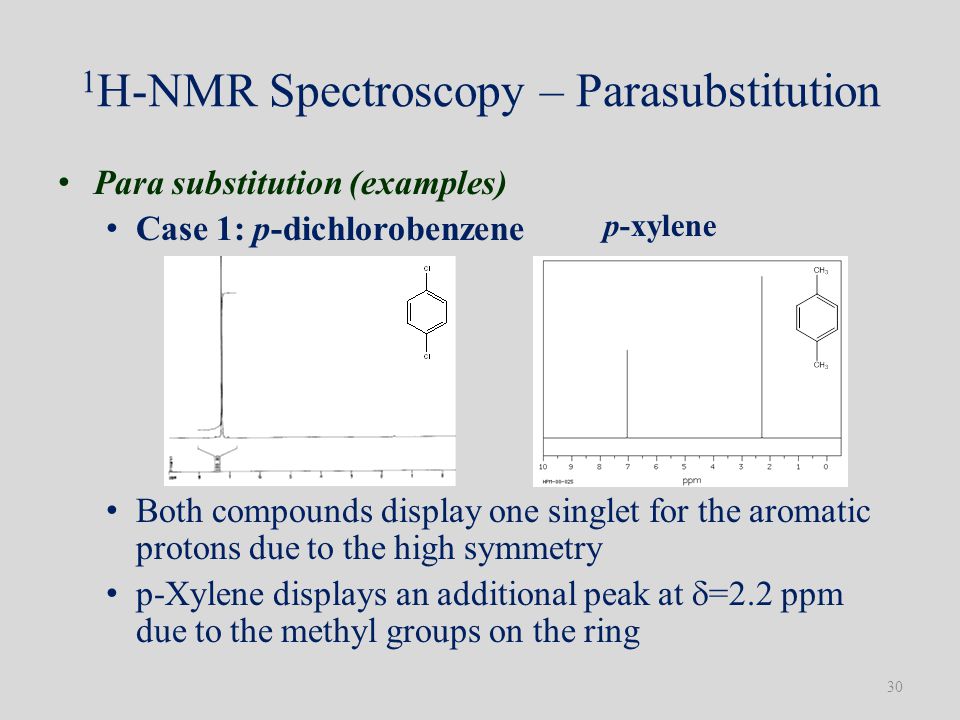


Introduction To Nmr Spectroscopy Ppt Download



1 3 Bis Chloromethyl Benzene 626 16 4 1h Nmr



Dynamics Of Xylene Isomers In Mil 53 Al Mof Probed By Solid State 2h Nmr Sciencedirect


Nuclear Magnetic Resonance Spectroscopy Nmr Spectroscopy An Overview Thespectroscopy



How Many Peaks Would You Expect In The 1 H Nmr Spectrum Of 1 4 Dimethyl Benzene Para Xylene Or P Xylene What Ratio Of Peak Areas Would You Expect On Integration Of



The 1 H Nmr Spectrum Of 12 In A Mixture Of P Xylene D10 And Benzene Download Scientific Diagram



Solved P Xylene Shown Below Has Only Two Signals In Its Chegg Com



Solved Problem 13 18 How Many Peaks Would You Expect In T Chegg Com


Q Tbn And9gcrlug Xgxgmotzt9ymoy 8rypk Z U4lkbnkvqky4jgu0bxdl8u Usqp Cau



M Xylene 108 38 3 1h Nmr



Structure Determination Nuclear Magnetic Resonance Spectroscopy Ppt Download



P Xylene Spectrabase



The High Resolution Solid State 13 C Nmr Spectra Of Sps M Xylene And Download Scientific Diagram


Nuclear Magnetic Resonance Spectroscopy Nmr Spectroscopy An Overview Thespectroscopy


Canvas Wisc Edu Courses Files Download Wrap 1



Proton Nmr Skills Benzene Derivatives Part 1 Youtube



Nitro P Xylene Spectrabase



Solved Consider The Spectral Data For Isopropyl P Xylene Figs Chegg Com


Canvas Wisc Edu Courses Files Download Wrap 1



Nmr Spectroscopy


2 Iodo M Xylene Proton Full Spectrum



Get Answer How Many Peaks Would You Expect In The 1h Nmr How Many Peaks Transtutors



Get Answer The Three Isomers Of Dimethylbenzene Are Commonly Named Transtutors



Ppt 1 H Nmr Powerpoint Presentation Free Download Id


2


Http Web Missouri Edu Glaserr 210w04 Quiz3 210w04 Ak Pdf



Aromatic Rings Ppt Download


2



1 H Nmr Spectra Of 2 5 Dichloro P Xylene 2 5 Dcpx Download Scientific Diagram


Canvas Wisc Edu Courses Files Download Wrap 1



2h Nmr Spectra Of Deuteriated P Xylene Recorded In The Biphasic Region Download Scientific Diagram



Solved The Three Isomers Of Dimethylbenzene Are Commonly Named Chegg Com


1 H Nmr Spectra Of 2 5 Dichloro P Xylene 2 5 Dcpx Download Scientific Diagram



Alpha Alpha Dimethoxy P Xylene 1h Nmr Chemical Shifts Spectrabase



O Xylene 95 47 6 1h Nmr



2 2 Paracyclophane 1633 22 3 1h Nmr


Q Tbn And9gcsosqs9z6 Vehierey1w4gjvtummkv5otwsrvvrz8ez6sn22u 8 Usqp Cau


コメント
コメントを投稿